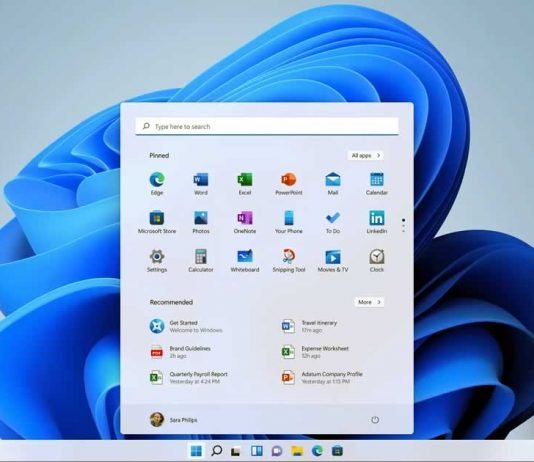Microsoft has unveiled some of the major new features when it comes to Windows 11 performance — which makes Windows 11 run faster than Windows 10 on the same hardware.
In a Microsoft Mechanics video, Microsoft Vice President Steve Dispensa detailed some of the enhancements and their implementation.
The new graphics, the redesigned Start menu, the activity center, the rounded windows, the new icons, the new system applications will be the first features that users will notice when they upgrade to Windows 11. However, an operating system for the general market such as Windows 11 also needs many changes “under the hood” that are much less evident than those related to the interface and user experience.
These “under the hood” changes make Windows 11 feel more agile and more responsive than Windows 10.
Dispensa explains that the Microsoft software engineers have done an amazing job in terms of memory management. “Microsoft has done a lot of work on memory management to allow applications running in the foreground to be prioritized with more use of CPU and other system resources.“
Optimizations intended for foreground software also apply to the Windows shell itself as well as to open tabs in the browser. “After implementing the new code we immediately noticed an average resource saving of 32% for in terms of system memory, and 37% in CPU usage” , says Dispensa in the video. “All these optimizations combined between OS and applications, as you can imagine, will lead to longer battery life.”
In addition, with the same hardware, Windows 11 will restore systems from hibernation much faster than it does with Windows 10. For that, Windows 11 has “an optimized instant-on experience as your PC resumes from sleep.”
During sleep, Windows 11 computers keep RAM “energized” while many other components are turned off. Microsoft has optimized the way Windows 11 accesses hardware and reduced resource constraints between processing threads. This speeds up sleep recovery by up to 25%.
The Windows Hello biometric authenticator should also be up to 30% faster, thanks to code optimizations.
Last but not least, Windows 11 software updates should be up to 40% smaller thanks to a new engine that will only download necessary files from Microsoft’s servers.
Windows 11 will arrive on October 5. From that date, the update will be distributed gradually. Microsoft has said that it expects that by mid-2022, Windows 11 will reach to all devices.
